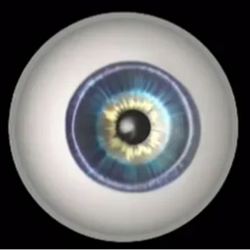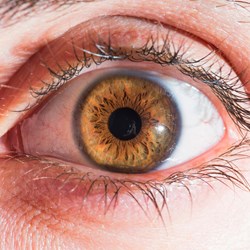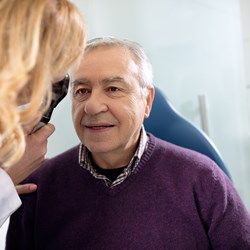Eyes
High blood glucose (sugar) levels cause damage to the blood vessels and the retina, which is the area at the back of the eye responsible for detecting light and sending messages to the brain to form pictures. The retina is fragile and covered in blood vessels.
Damaged blood vessels in the retina can leak and become blocked which is known as diabetic retinopathy. You will be sent an appointment to have your eyes screened every 2 years if you are low risk or more often if you have signs of damage due to diabetes. It is really important to attend these appointments.
Controlling your weight, blood glucose (sugar) levels, blood pressure and cholesterol and stopping smoking can delay the progression of diabetic retinopathy. Diabetic retinopathy is treated by laser therapy, injections into the eye and in some rare cases surgery.
To find out more about diabetes and eyes, register for our Understanding Type 1 Diabetes or Type 2 Diabetes eLearning course or have a look at the resources below. To see what service are available in your area then have a look at the Local Services section.
Advanced Search
Resource type -
Language -
Type of diabetes -

Diabetes and the Eyes
Some people with diabetes develop serious complications with their eyes, called diabetic retinopathy. If you don’t get this treated properly, it can lead to sight loss. If eye complications do start to develop, they can nearly always be treated to avoid long-term problems – as long as they’re spotte…




